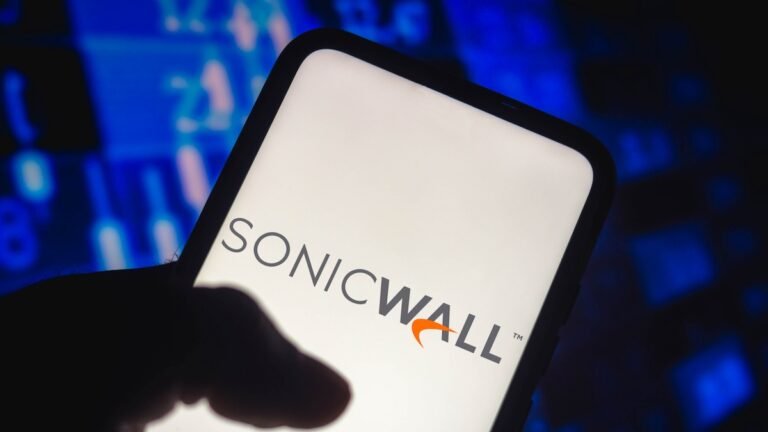Essential Insights
-
Investigation Findings: SonicWall’s investigation confirmed no new zero-day vulnerability affecting Gen 7 or newer firewalls amid reports of Akira ransomware attacks; the exploitation is linked to an existing vulnerability, CVE-2024-40766.
-
Credential Exploitation: Attackers used the identified vulnerability to obtain device credentials, raising concerns that compromised passwords from previous configurations remain unchanged.
-
Migration Risks: Incidents primarily arose during migrations from Gen 6 to Gen 7 firewalls, where local user passwords were carried over without being reset, contradicting SonicWall’s initial advisory guidance.
- Ongoing Threats: Other cyber campaigns, like those from threat actor UNC6148, also targeted SonicWall devices, suggesting persistent vulnerabilities tied to unaltered compromised credentials even after patches were applied.
The Issue
SonicWall recently conducted an investigation into claims of a zero-day vulnerability being exploited in ransomware attacks, particularly by the Akira group, which reportedly targeted SonicWall firewalls equipped with SSL VPN. Although cybersecurity firms like Huntress, Arctic Wolf, and Field Effect raised alarms, SonicWall confidently determined that no zero-day vulnerability existed in their Gen 7 or newer firewalls. Instead, the root of the issue was traced back to CVE-2024-40766, a vulnerability disclosed in September 2024. This vulnerability, which had allegedly been exploited to access device credentials, underlined a significant oversight; during the migration from Gen 6 to Gen 7 firewalls, many administrators failed to reset their passwords, leaving devices susceptible to further compromise.
The scenario highlights a critical lapse in cybersecurity protocol and oversight. While SonicWall is currently investigating fewer than 40 incidents of unauthorized access linked to this issue, they emphasized the importance of changing default or compromised credentials—a warning that appeared in their advisory only after the vulnerability had gained traction. The incident surfaced amid additional reports from Google about financially motivated threat actor UNC6148, who has exploited older vulnerabilities and deployed persistent malware to facilitate unauthorized access. These events paint a complex picture of the evolving cybersecurity landscape, illustrating not only the tactics employed by threat actors but also the systemic vulnerabilities that can arise during technological transitions.
What’s at Stake?
The investigation surrounding the potential exploitation of SonicWall firewalls highlights critical cybersecurity vulnerabilities that pose significant risks not only to the company but also to other businesses, users, and organizations that utilize similar technologies. If threat actors can exploit existing vulnerabilities—such as CVE-2024-40766—to gain unauthorized access, the repercussions could cascade through interconnected networks. Organizations may face substantial financial losses, operational disruptions, and reputational damage, with sensitive data endangered by ransomware attacks or credential theft. Additionally, the failure to enforce robust password protocols during migrations exacerbates these risks, as compromised credentials can yield unchecked access to critical systems. Therefore, the implications of this scenario extend well beyond SonicWall, threatening to destabilize entire ecosystems reliant on network security frameworks that remain vulnerable to both known and emerging threats.
Possible Actions
Timely remediation in the context of cybersecurity threats, particularly when organizations like SonicWall assert that recent attacks are not linked to zero-day vulnerabilities, is paramount. Understanding and addressing security vulnerabilities swiftly can mean the difference between thwarting an attack and suffering significant breaches.
Mitigation Steps
- Update Firmware
- Monitor Traffic
- Analyze Logs
- Implement Intrusion Detection
- Conduct Regular Risk Assessments
- Educate Employees
NIST CSF Guidance
The NIST Cybersecurity Framework emphasizes the importance of continuous monitoring and risk management. Organizations should refer to NIST SP 800-53 for detailed security controls and practices.
Continue Your Cyber Journey
Explore career growth and education via Careers & Learning, or dive into Compliance essentials.
Understand foundational security frameworks via NIST CSF on Wikipedia.
Disclaimer: The information provided may not always be accurate or up to date. Please do your own research, as the cybersecurity landscape evolves rapidly. Intended for secondary references purposes only.
Cyberattacks-V1

